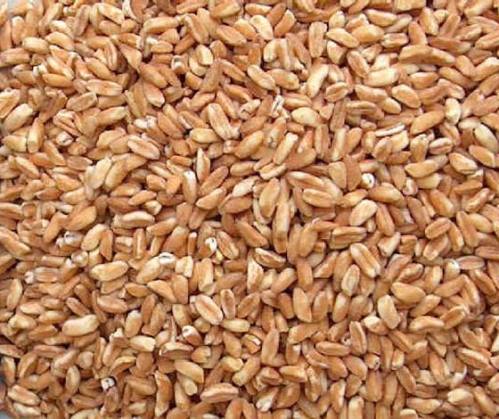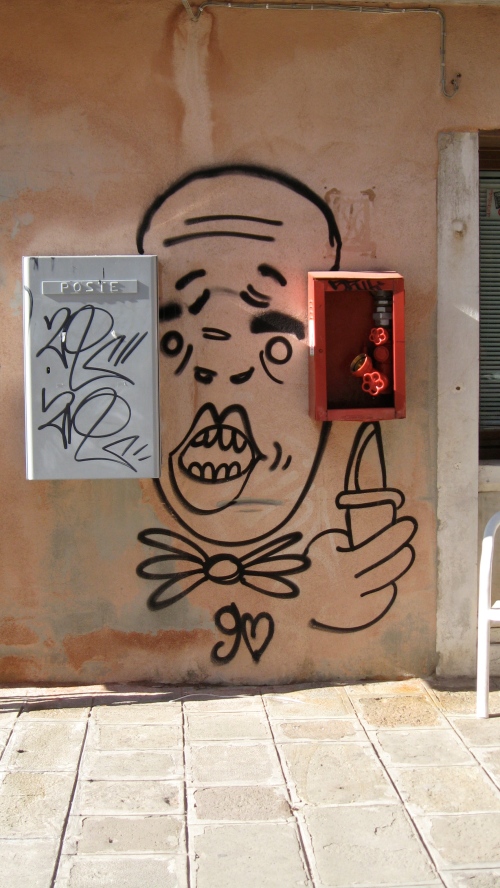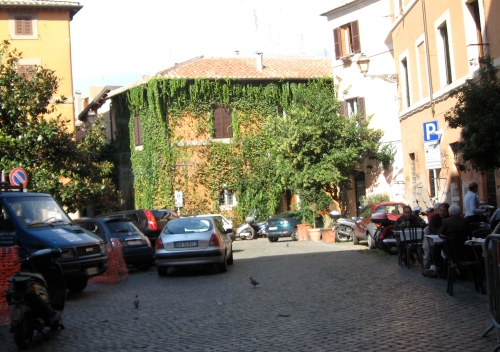 Italy’s Parliament voted unanimously this summer to recommend that UNESCO list the Mediterranean diet as endangered, so that it might be protected and preserved as a part of cultural heritage.
Italy’s Parliament voted unanimously this summer to recommend that UNESCO list the Mediterranean diet as endangered, so that it might be protected and preserved as a part of cultural heritage.
I’m interested in this public declaration, in part, for its semantic implications. Can a diet be treated as an aesthetic or religious object, or as a plant or animal species? In fact, the Mediterranean diet is all of these things. Italians are rightly proud of their food, and of their heritage. Diet here is interwoven with cultural practice, with religious ritual, with craft and design, and with plant and animal species that have an intimate connection with both the geography and the history of Italy’s distinct regions.

Of course, the natives of this boot-shaped land could describe the complex set of cultural practices that is the Mediterranean diet better than I, an outsider, and a barbarian American, could. But I’ll offer a few arguments, anyway, in favor of designating this diet an endangered piece of cultural heritage.
The Mediterranean diet is interwoven with national and regional identity. This goes deeper than the kind of identity declared by small towns with billboards at their borders declaring them the pistachio capital of the world. It’s an identity that has less to do with marketing, and more to do with the deep emotional ties of childhood memories, in which food and family are tightly woven together. Particular foods and foodways are tied to family traditions, religious rituals, and to regionally specific cooking styles.
When I was at the Bioversity offices yesterday, I met one of the senior scientists there, a man named Stefano, whose work as a scientist and educator about agricultural biodiversity perfectly aligns with his passion for food and food memories. In our brief conversation, he gave me many examples of the Mediterranean diet as cultural heritage and as endangered. When he was a child, he said, the whole neighborhood would get together in someone’s garage to peel, cook, and bottle tomatoes for use as sauce. While he was living in Africa, his homesickness took the form of a craving for the comforts of pasta. His mother and sister write down the recipes and menus of family meals; these recipes are their family scrapbooks and triggers to memory. One of these recipes is for a stew containing 57 varieties of wild leafy green. (Surely this recipe and the knowledge of how to find, much less cook, 57 varieties of wild green are endangered!) Another recipe is for quince jelly. How many quince orchards have you seen lately?
These foods and practices—this cultural heritage—is endangered for several related reasons: the globalization of simplified diets based on cheap, and less nutritious, commodity crops; the lure, or necessity, of convenience foods for working mothers who don’t have the time or inclination to hunt out 57 varieties of wild green; the encroachment of fast food into the diets of children; the loss of food and cooking knowledge through the generations. One of the terrible consequences of the loss of food practices is that the actual foods can be lost as well. Many of the crops that have sustained peoples all over the world for millenia fall under the new designation of “neglected and underutilized species.” This is how food as a cultural and aesthetic practice shades into an endangered species.
Another, no less important, reason to preserve the Mediterranean diet is that it works. People have thrived, and not been prone to cardiovascular disease or obesity and its consequences, on this diet for many generations. This is because of the intrinsic nutritional value of the foods themselves, and it is also because of the set of cultural rules that guide eating. The people here eat small portions, a variety of vegetables, whole grains, fish, and cheese, meat, and wine in moderation. No cappuccino after lunch, no hard liquor before dinner or gelato in the morning… the list goes on. And dessert is often fresh fruit.














































